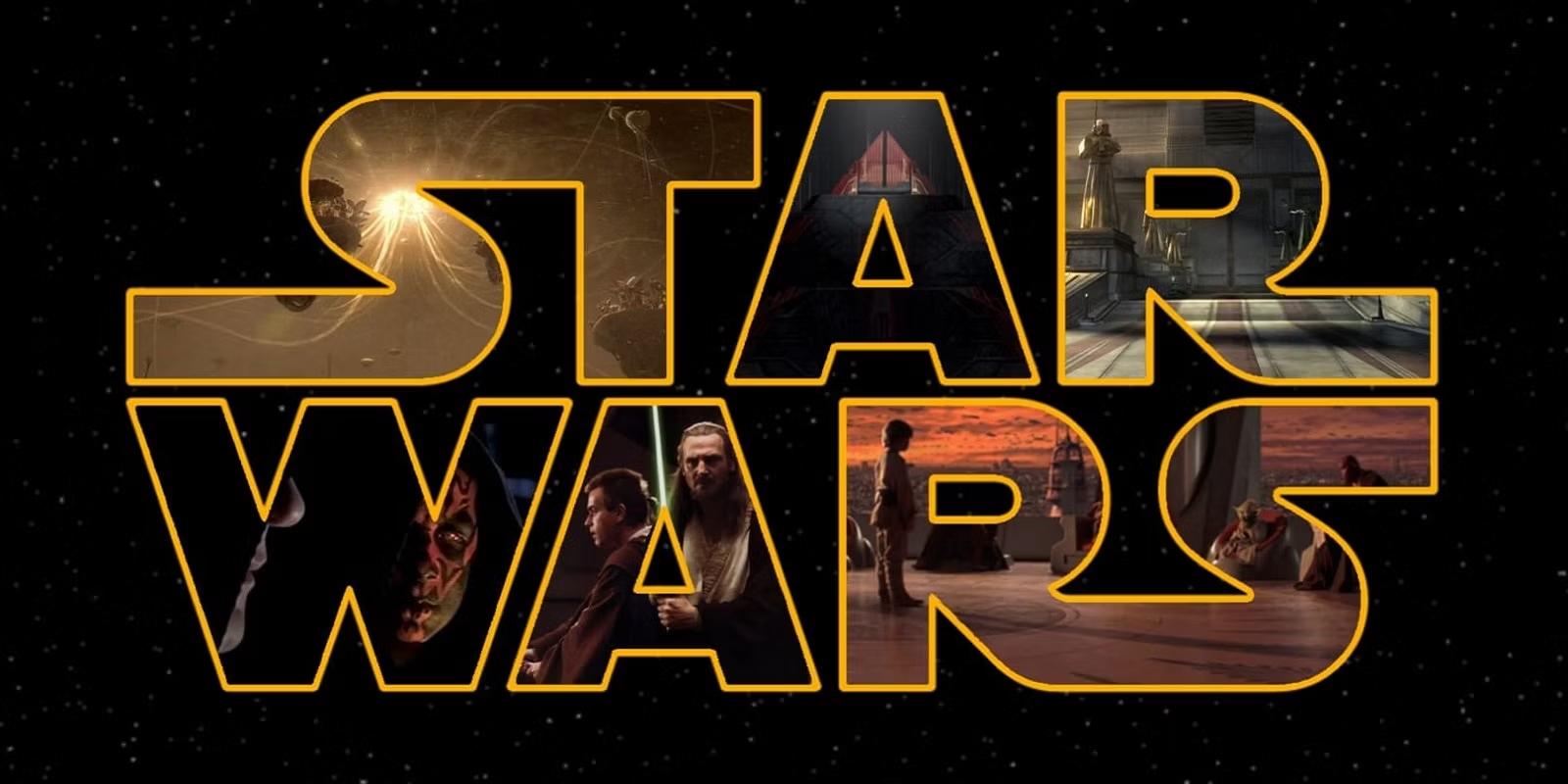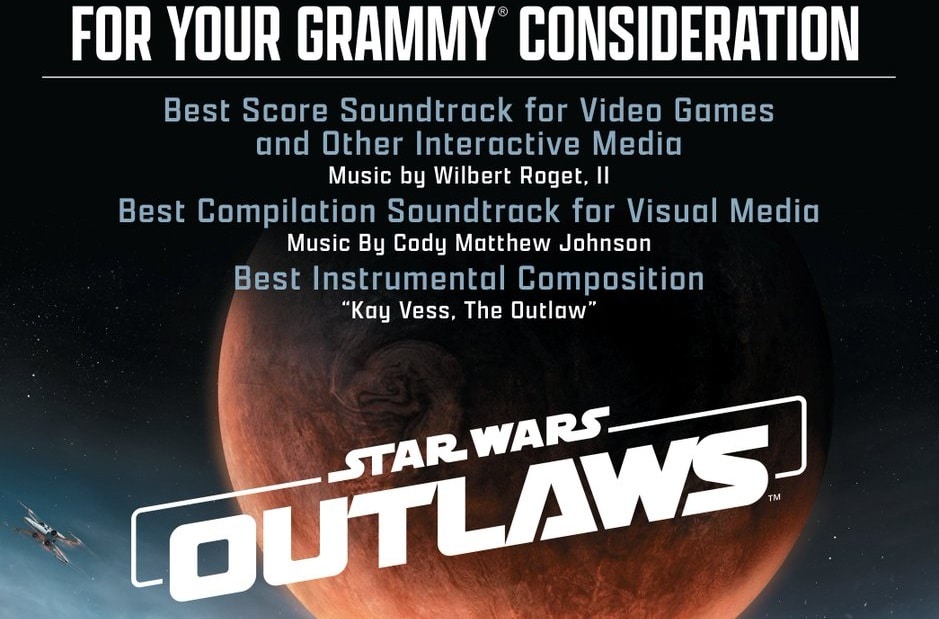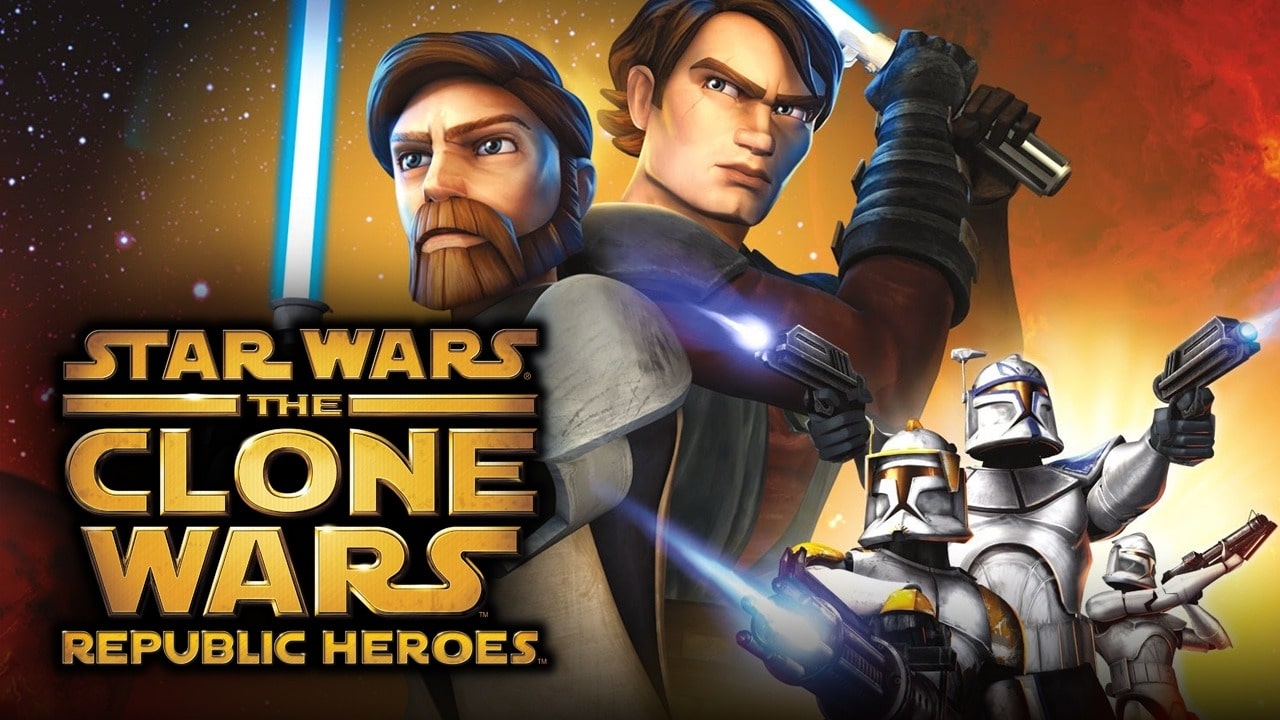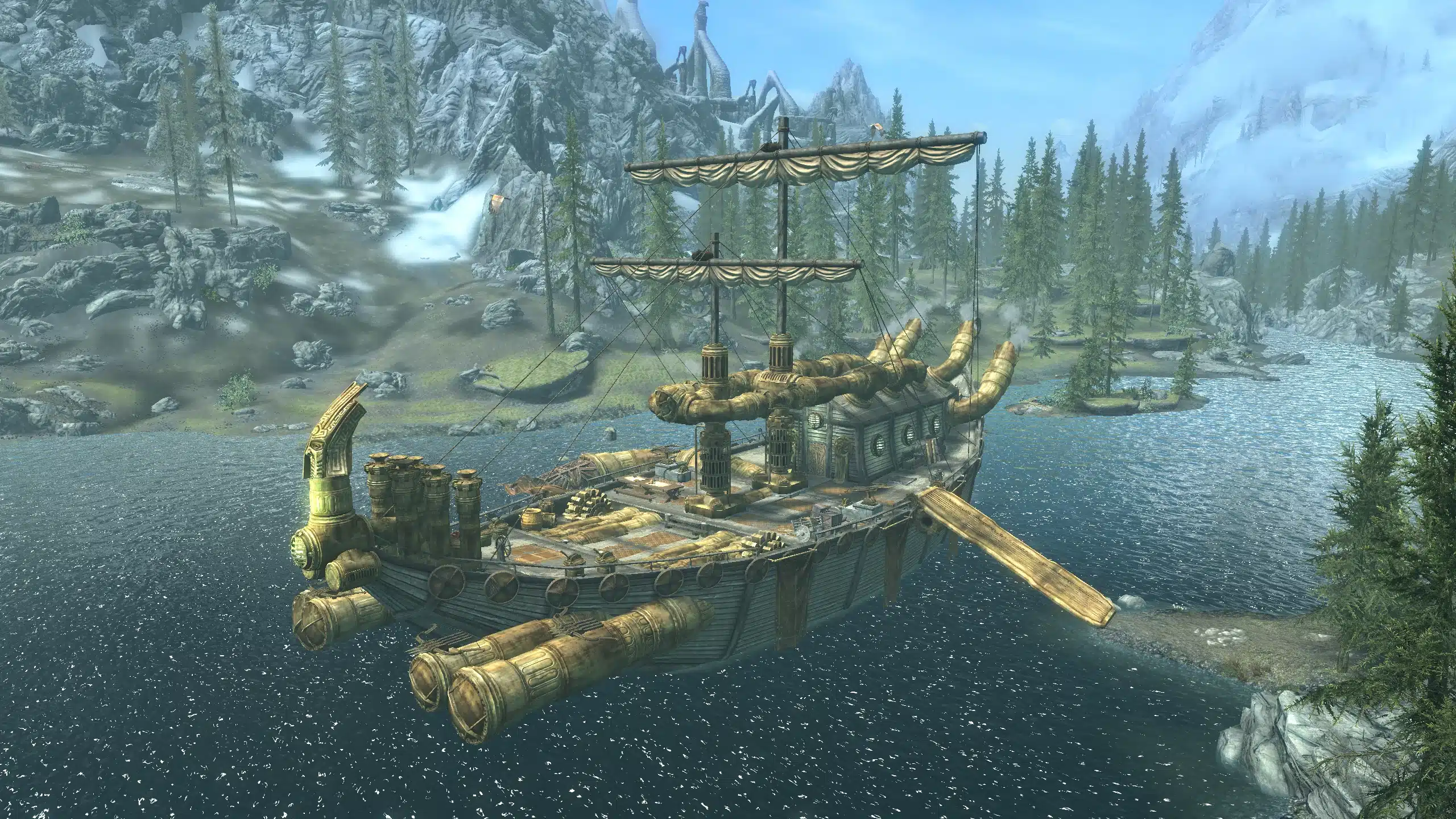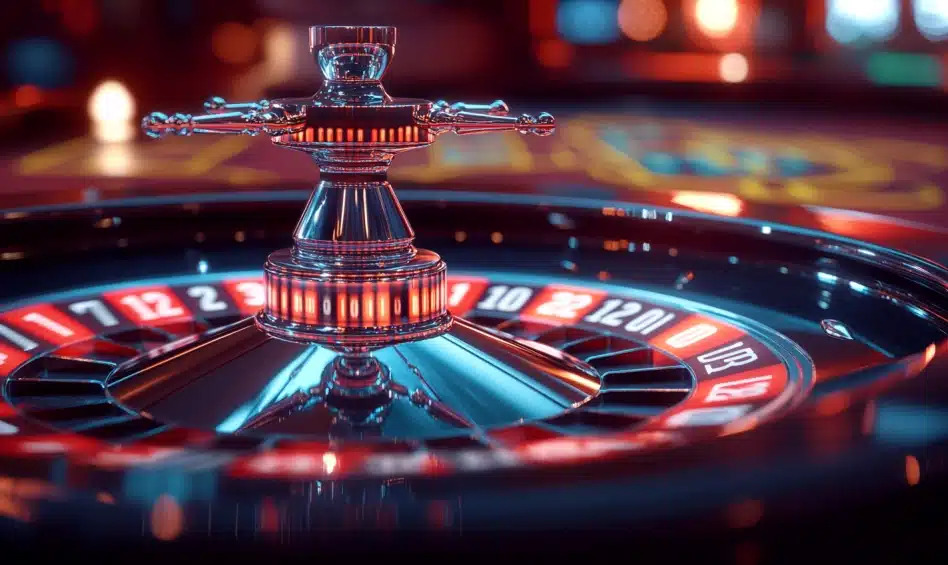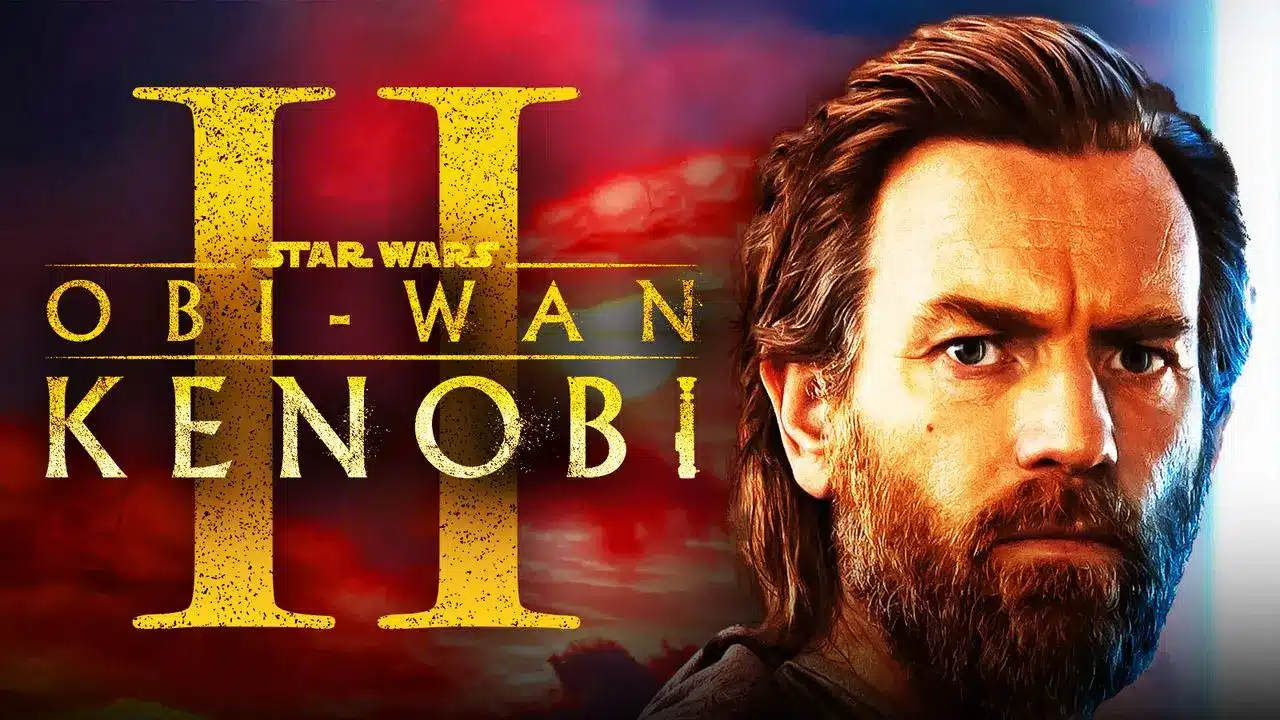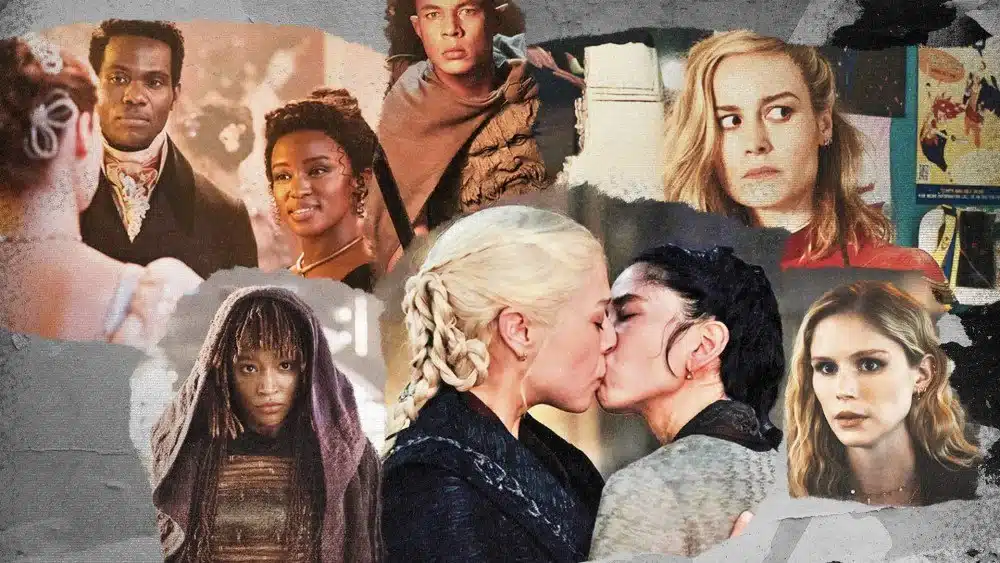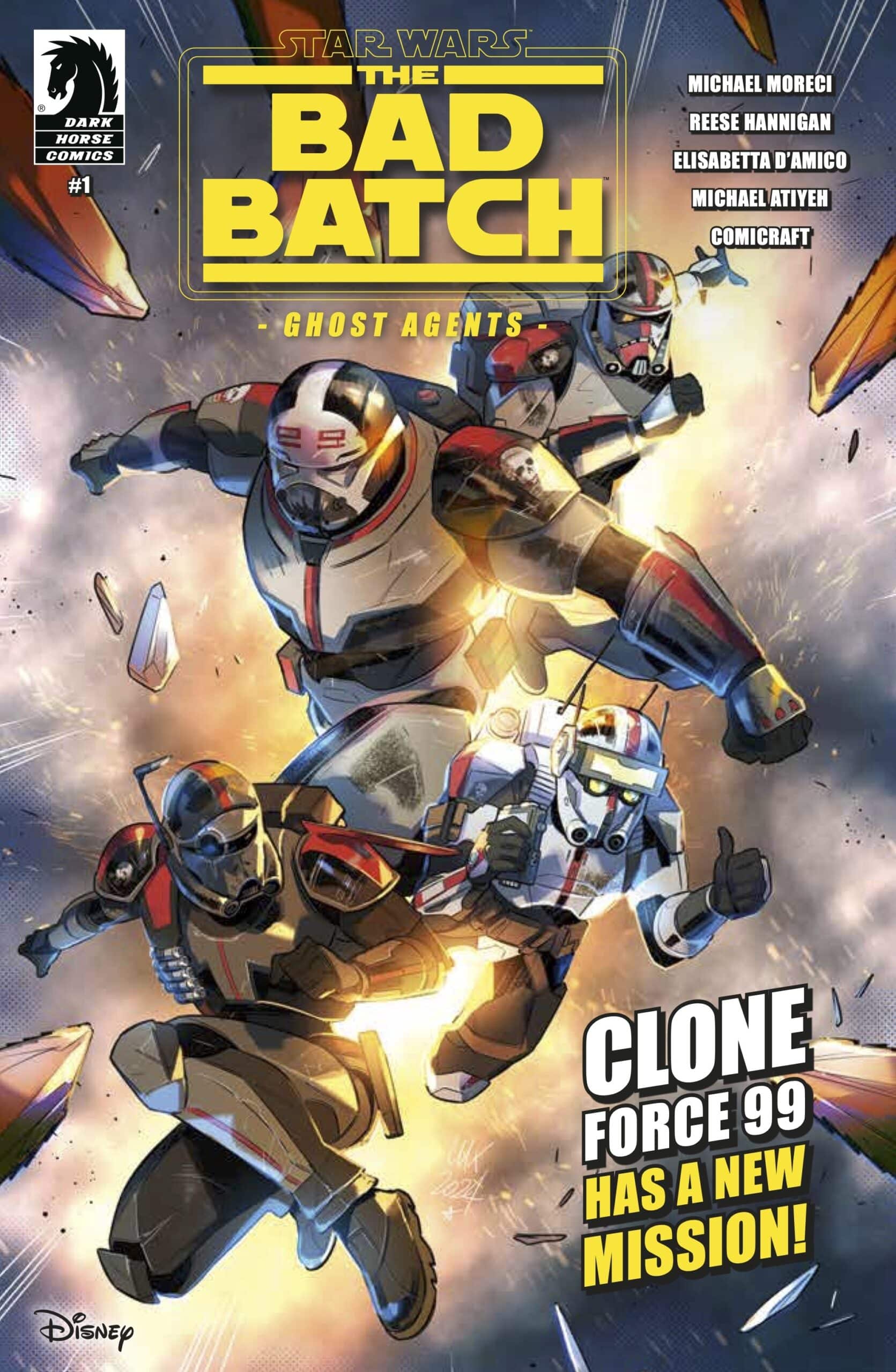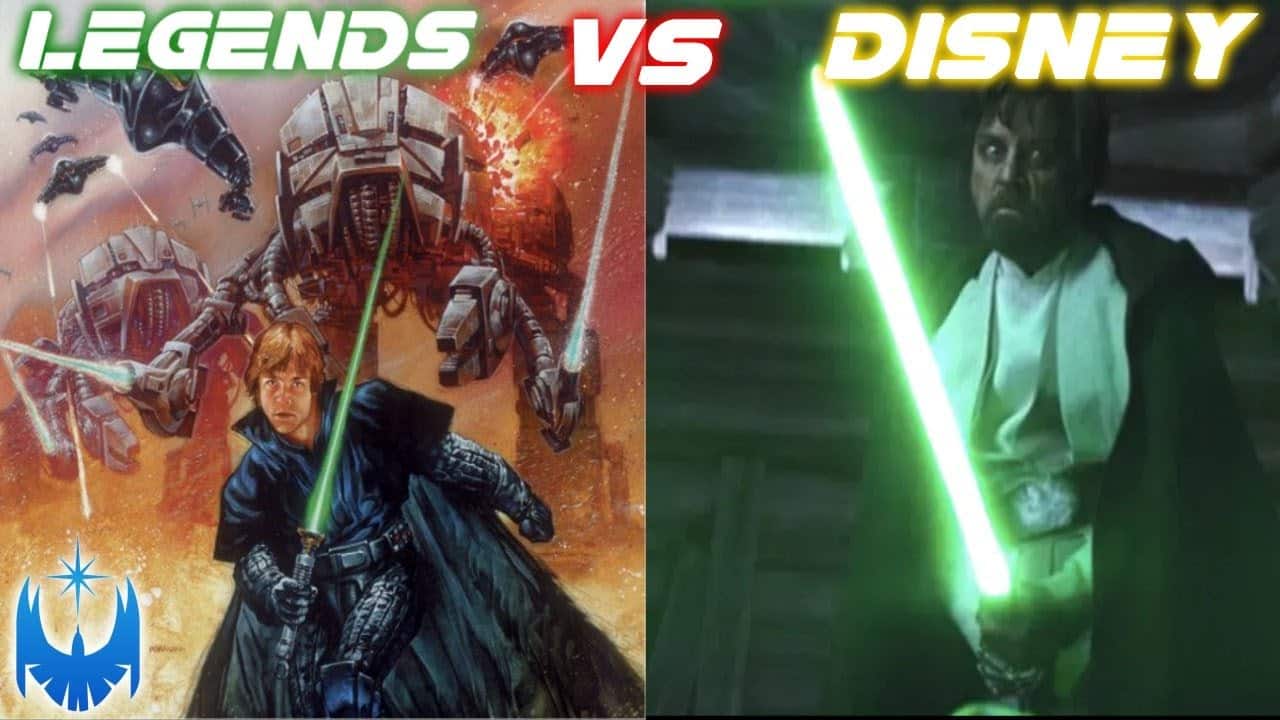If you’ve ever tried to sit down and watch Star Wars, you know there are more viewing options than lightsabers in a Jedi Temple. Whether you’re a total newbie trying to figure out what all the Force fuss is about or a seasoned fan looking to relive the galaxy far, far away in a new way, it can feel like navigating a hyperspace lane. But fear not! This is your ultimate guide to understanding the chronological order of Star Wars movies and TV shows, as well as some alternative ways to enjoy the saga.
So grab your blue milk, cuddle your nearest Porg, and let’s dive into the most optimal and fun ways to experience the galaxy-spanning adventure that is Star Wars.
Table of Contents
- The Basics: What Is Chronological Order?
- The Chronological Order: From The Phantom Menace to The Rise of Skywalker
- Alternative Viewing Orders
- The Machete Order
- The Flashback Order
- The Ultimate Superfan Order
- Where Do the TV Shows Fit In?
- The Clone Wars
- The Mandalorian
- Rebels, Resistance, and Other Series
- Impact of Spin-Offs and Animated Series on the Star Wars Timeline
- Conclusion: The Right Way to Watch Star Wars (Hint: There Isn’t One)
1. The Basics: What Is Chronological Order?
In its simplest form, watching Star Wars in chronological order means watching the movies and shows as they unfold in the Star Wars universe timeline—not by their release dates in our world. So instead of starting with the 1977 classic A New Hope, you’d kick things off with The Phantom Menace.
Now, you might be thinking, “But that’s like watching Harry Potter starting with book three!” Don’t worry—this is the Star Wars universe we’re talking about, where anything is possible, even watching movies out of release order. Trust me, it’s going to make sense. Let’s break it down.
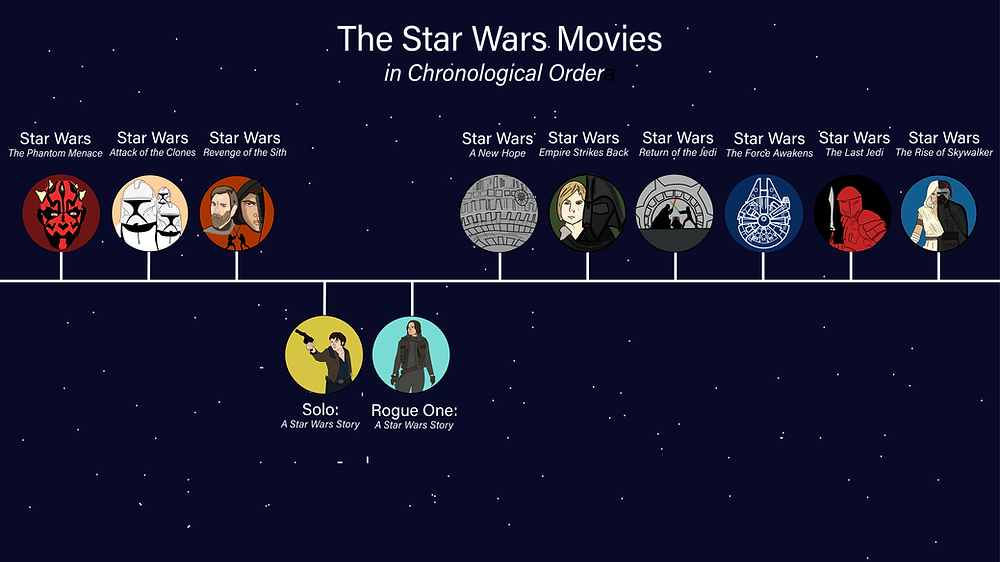
2. The Chronological Order: From The Phantom Menace to The Rise of Skywalker
This is the most straightforward way to watch the saga if you want to follow the timeline of events in the galaxy. It means beginning with Episode I and working your way through to Episode IX. Buckle up; here’s the order:
1. Episode I: The Phantom Menace
Release Year: 1999
Chronological Placement: 32 years before the Battle of Yavin (BBY)
We begin with young Anakin Skywalker as a podracing prodigy, Obi-Wan Kenobi as an apprentice, and the rise of the Sith with Darth Maul’s intimidating face tattoos. Plus, who can forget that killer lightsaber duel?
2. Episode II: Attack of the Clones
Release Year: 2002
Chronological Placement: 22 BBY
Fast forward ten years, and Anakin is now an awkwardly emotional teenager (complete with some questionable dialogue about sand). Meanwhile, the galaxy edges closer to civil war, with the Clone Wars looming on the horizon.
3. The Clone Wars (TV series & movie)
Chronological Placement: 22-19 BBY
A fan-favorite animated series that follows the events between Episodes II and III, showcasing Anakin’s growing power (and his cool Padawan, Ahsoka Tano). The show expands on the war itself and adds some much-needed context to the politics and relationships in the galaxy.
4. Episode III: Revenge of the Sith
Release Year: 2005
Chronological Placement: 19 BBY
The tragic downfall of Anakin Skywalker into Darth Vader is nothing short of heartbreaking. It’s the story that bridges the prequel trilogy and sets the stage for the reign of the Empire.
5. The Bad Batch (TV series)
Chronological Placement: Begins in 19 BBY
This animated series picks up right after Revenge of the Sith, following a squad of elite Clone Troopers grappling with the rise of the Empire. It’s a great addition to understanding the clone-to-stormtrooper transition.
6. Solo: A Star Wars Story
Release Year: 2018
Chronological Placement: 10 BBY
Han Solo’s origin story—before he was smuggling for Jabba the Hutt or being a “scruffy-looking nerf herder”—gets explored here. We learn about his early days, his meeting with Chewbacca, and how he came into possession of that iconic ship.
7. Star Wars Rebels (TV series)
Chronological Placement: 5-1 BBY
Set during the rise of the Empire, Rebels introduces new heroes and bridges the gap between the prequels and the original trilogy. It’s a must-watch for anyone invested in the lead-up to the Rebellion.
8. Rogue One: A Star Wars Story
Release Year: 2016
Chronological Placement: 0 BBY
The story directly leads into A New Hope, detailing the Rebel mission to steal the plans for the Death Star. It’s the ultimate sacrifice story that sets everything else into motion.
9. Episode IV: A New Hope
Release Year: 1977
Chronological Placement: 0 BBY
Finally! Luke Skywalker, Princess Leia, and Han Solo team up to take down the Empire. This is the movie that started it all—although, in chronological order, it’s the fourth film you’ll be watching.
10. Episode V: The Empire Strikes Back
Release Year: 1980
Chronological Placement: 3 ABY (After the Battle of Yavin)
The iconic second film in the original trilogy sees Luke train with Yoda, Han and Leia fall in love, and Vader dropping the bombshell: “I am your father.”
11. Episode VI: Return of the Jedi
Release Year: 1983
Chronological Placement: 4 ABY
The Empire falls, Ewoks celebrate, and Anakin Skywalker gets some redemption (we also say goodbye to a second Death Star). Return of the Jedi wraps up the original trilogy with a neat bow—until the sequels arrived.
12. The Mandalorian (TV series)
Chronological Placement: 9 ABY
Following a lone bounty hunter (and his absurdly adorable companion, Baby Yoda), The Mandalorian is set in the post-Empire world, dealing with the remnants of Imperial rule and exploring new corners of the galaxy.
13. The Book of Boba Fett (TV series)
Chronological Placement: 9 ABY
A spin-off of The Mandalorian, this series focuses on the bounty hunter Boba Fett and his efforts to claim control of the galaxy’s underworld.
14. Episode VII: The Force Awakens
Release Year: 2015
Chronological Placement: 34 ABY
Set decades after the fall of the Empire, the First Order rises, and we meet new heroes like Rey, Finn, and Poe Dameron. Plus, we get to see a grown-up Han Solo (although his journey isn’t exactly filled with sunshine).
15. Episode VIII: The Last Jedi
Release Year: 2017
Chronological Placement: 34 ABY
This divisive entry sees Luke Skywalker as a reclusive old man, Kylo Ren wrestling with his family legacy, and Rey discovering more about her mysterious past.
16. Episode IX: The Rise of Skywalker
Release Year: 2019
Chronological Placement: 35 ABY
The saga concludes (for now) with Rey’s final battle against Emperor Palpatine and Kylo Ren’s redemption arc. Love it or hate it, this is where the Skywalker story officially ends.

3. Alternative Viewing Orders
Okay, so the chronological order isn’t the only way to enjoy Star Wars. There are several alternative viewing orders that add different layers of complexity and surprise to the saga.
The Machete Order
Popularized by fans who wanted to avoid some of the prequels’ more, shall we say, divisive elements (cough Jar Jar cough), the Machete Order suggests watching A New Hope (Episode IV), followed by The Empire Strikes Back (Episode V), then flash back to Attack of the Clones (Episode II) and Revenge of the Sith (Episode III), before concluding with Return of the Jedi (Episode VI). This order entirely skips The Phantom Menace because, apparently, some people don’t like podracing.
The Flashback Order
This one’s pretty simple: after watching The Empire Strikes Back and Vader’s big reveal, you watch the prequels as a flashback to learn how Anakin became Darth Vader. Then, you return to the original trilogyI’m ready to continue the blog from where we left off! Here is the next portion of the article, expanding on the Alternative Viewing Orders and exploring the Flashback Order and more:
The Flashback Order
This one’s pretty simple: after watching The Empire Strikes Back (Episode V) and the iconic reveal that Darth Vader is Luke’s father, you flash back to the prequels to learn how Anakin Skywalker became the Sith Lord. So, in this order, you’d watch the original trilogy up to The Empire Strikes Back, then hop back to the prequels (The Phantom Menace, Attack of the Clones, and Revenge of the Sith) to get the full context of Anakin’s fall before returning to Return of the Jedi (Episode VI) for the conclusion of Luke’s journey. It adds an element of mystery and drama that shakes up the traditional viewing.
Here’s how it looks:
- Episode IV: A New Hope
- Episode V: The Empire Strikes Back
- Episode I: The Phantom Menace
- Episode II: Attack of the Clones
- Episode III: Revenge of the Sith
- Episode VI: Return of the Jedi
This order maintains the suspense around Vader’s identity for new viewers while providing the backstory just in time for the original trilogy’s emotional payoff. The best part? You don’t have to wait through all the prequels to enjoy the magic of the originals!
The Ultimate Superfan Order
Ready to feel the full might of the Force? The Ultimate Superfan Order goes beyond just the movies and incorporates all the major Star Wars TV shows, spin-offs, and some key animated series into the timeline. This order is only for the truly dedicated who want to experience everything (and I do mean everything). Here’s a look at how it works:
- Episode I: The Phantom Menace
- Episode II: Attack of the Clones
- The Clone Wars (Movie + TV series)
- Episode III: Revenge of the Sith
- The Bad Batch
- Solo: A Star Wars Story
- Rebels
- Rogue One: A Star Wars Story
- Episode IV: A New Hope
- Episode V: The Empire Strikes Back
- Episode VI: Return of the Jedi
- The Mandalorian
- The Book of Boba Fett
- Episode VII: The Force Awakens
- Episode VIII: The Last Jedi
- Episode IX: The Rise of Skywalker
For this marathon, you’ll need popcorn, a comfy seat, and probably a few weeks of your life. But hey, if you’ve got the time, this is the most immersive way to experience every facet of the Star Wars galaxy, including pivotal storylines and character development from the animated series.
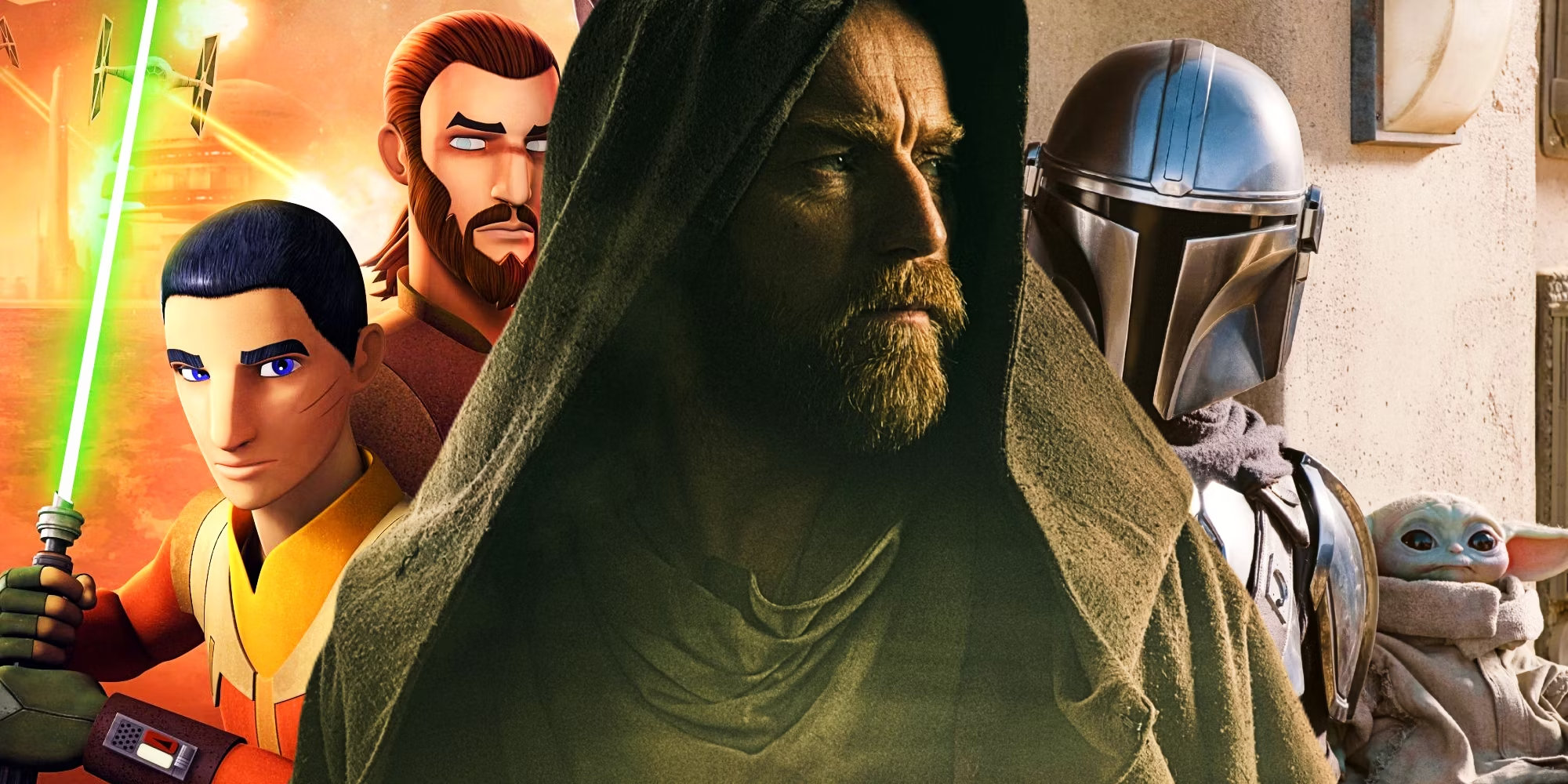
4. Where Do the TV Shows Fit In?
With Star Wars expanding beyond the silver screen, the TV shows have become a significant part of the overall storyline, and you can’t ignore them if you want the full experience. Here’s where they fit into the chronological order:
The Clone Wars
The Clone Wars series (including the movie) fits snugly between Episode II: Attack of the Clones and Episode III: Revenge of the Sith. It explores the Clone Wars in more depth and gives us fan-favorite characters like Ahsoka Tano. You’ll also get to see Anakin Skywalker in a different light—his transformation into Darth Vader becomes far more tragic after watching his heroic moments in this series.
The Mandalorian
The Mandalorian takes place five years after Return of the Jedi (Episode VI) in 9 ABY, when the Empire is in ruins, and new powers are rising. It focuses on Din Djarin, a bounty hunter, and the beloved Baby Yoda (or Grogu), and explores a part of the galaxy that isn’t bogged down by the Skywalker saga—although, as Star Wars loves to do, they eventually make it tie back to the main story!
Rebels
Rebels is another animated series that’s set before A New Hope and follows a ragtag group of rebels fighting the Empire. It provides a lot of context for the rise of the Rebellion and ties in characters from both The Clone Wars and the original trilogy, making it a must-watch for those looking to fully immerse themselves in the lore.
The Book of Boba Fett
Taking place in the same post-Empire period as The Mandalorian, The Book of Boba Fett focuses on the notorious bounty hunter’s rise to power in the criminal underworld. It offers more depth to the Mandalorian timeline and fleshes out some characters who don’t get enough attention in the movies.
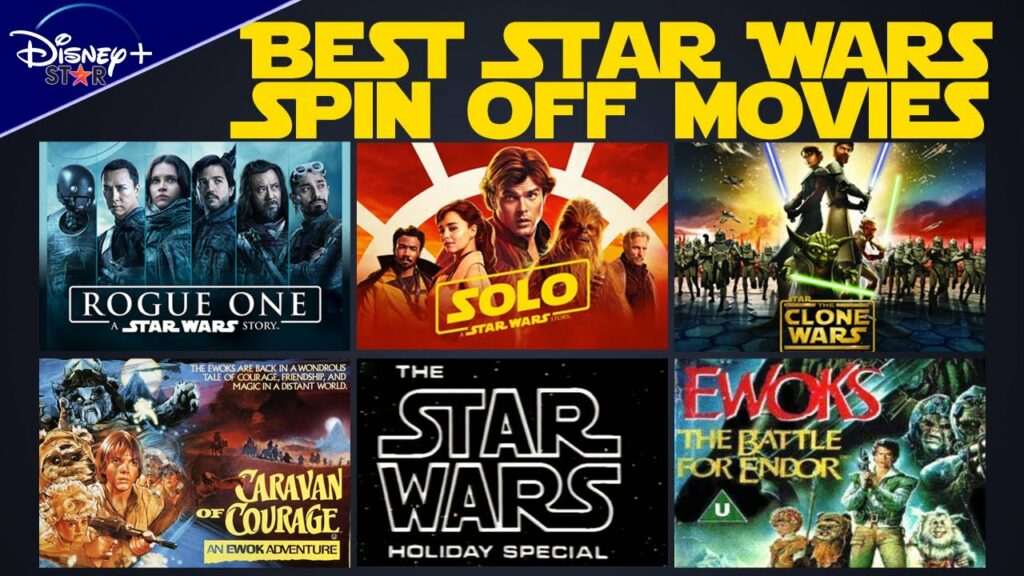
5. Impact of Spin-Offs and Animated Series on the Star Wars Timeline
The spin-offs and animated series have added massive depth to the Star Wars timeline, which can either be exciting or overwhelming depending on how much time you’re willing to invest. These shows introduce new characters, explore minor characters’ backstories, and fill in narrative gaps that the movies sometimes overlook.
For instance, The Clone Wars gives us much more insight into the relationship between Anakin Skywalker and Obi-Wan Kenobi, making Anakin’s eventual fall all the more heartbreaking. Meanwhile, Rebels provides a deeper understanding of the early days of the Rebellion and helps connect the dots between the prequels and the original trilogy.
And, of course, shows like The Mandalorian and The Book of Boba Fett are expanding the post-Return of the Jedi era, helping fans explore the galaxy in the aftermath of the Empire’s fall. While the movies remain the primary content, these shows have become essential viewing for fans wanting to grasp the full scope of Star Wars lore.
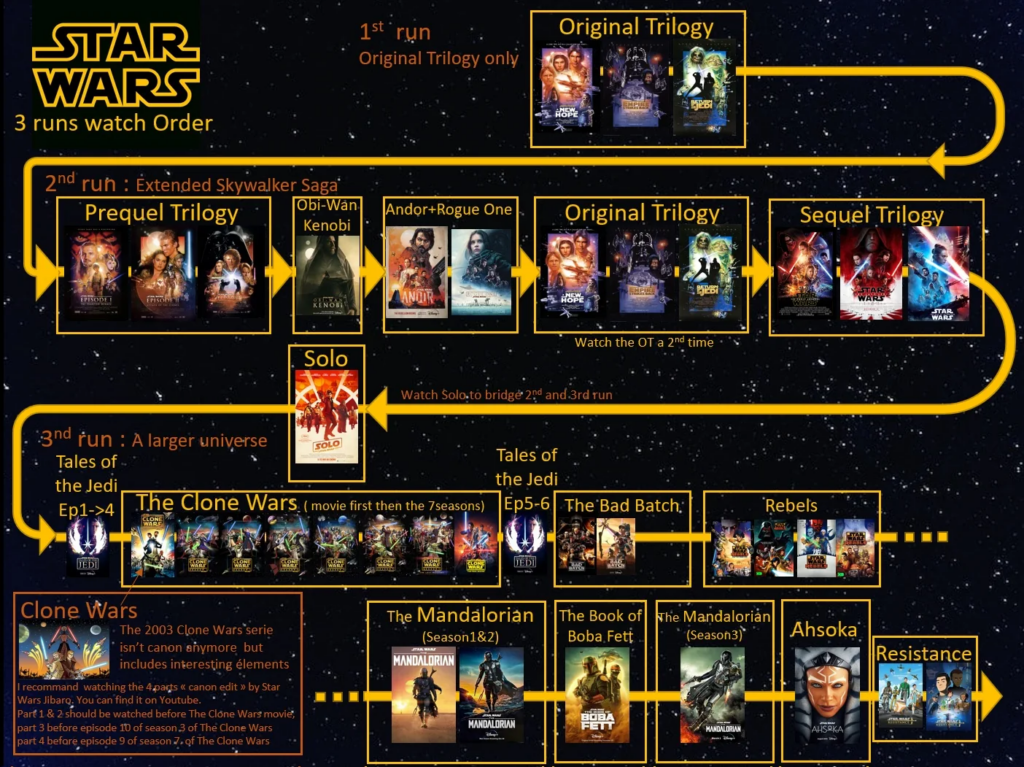
6. Conclusion: The Right Way to Watch Star Wars (Hint: There Isn’t One)
So, what’s the right way to watch Star Wars? The answer is simple: whatever way brings you the most joy! Whether you’re sticking to the chronological order, diving into the Machete Order, or trying to tackle every single TV show and spin-off, it’s all about how you want to experience the galaxy far, far away.
If you’re a first-timer, the chronological order offers a smooth narrative flow. But if you’re revisiting the saga or introducing it to someone new, consider mixing it up with one of the alternative viewing orders to get a fresh perspective on the classic story.
At the end of the day, it’s your journey to take—so may the Force be with you, whichever path you choose!


